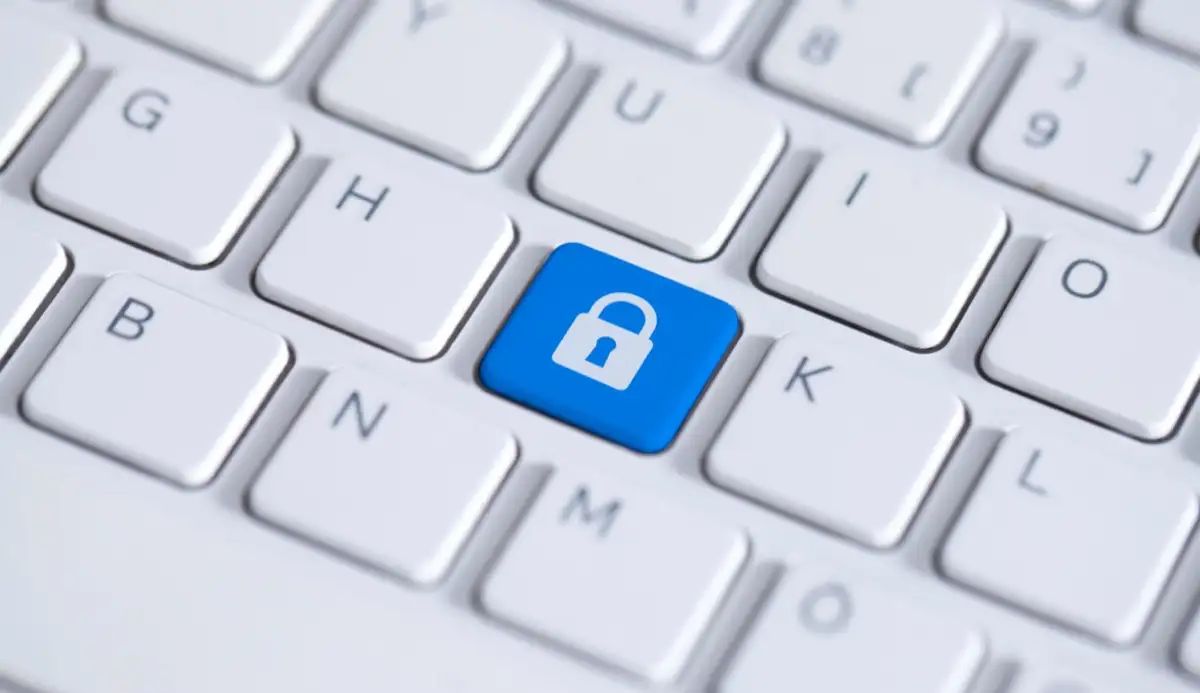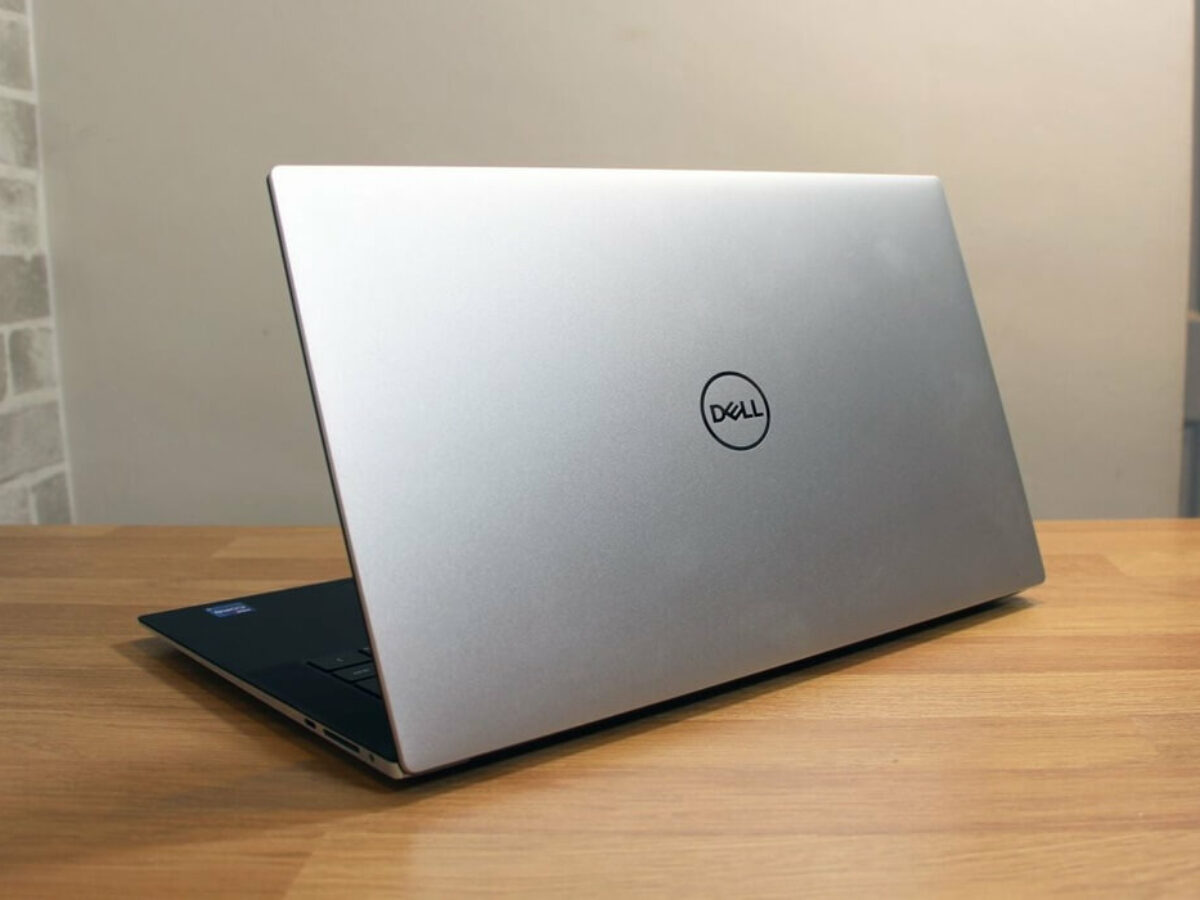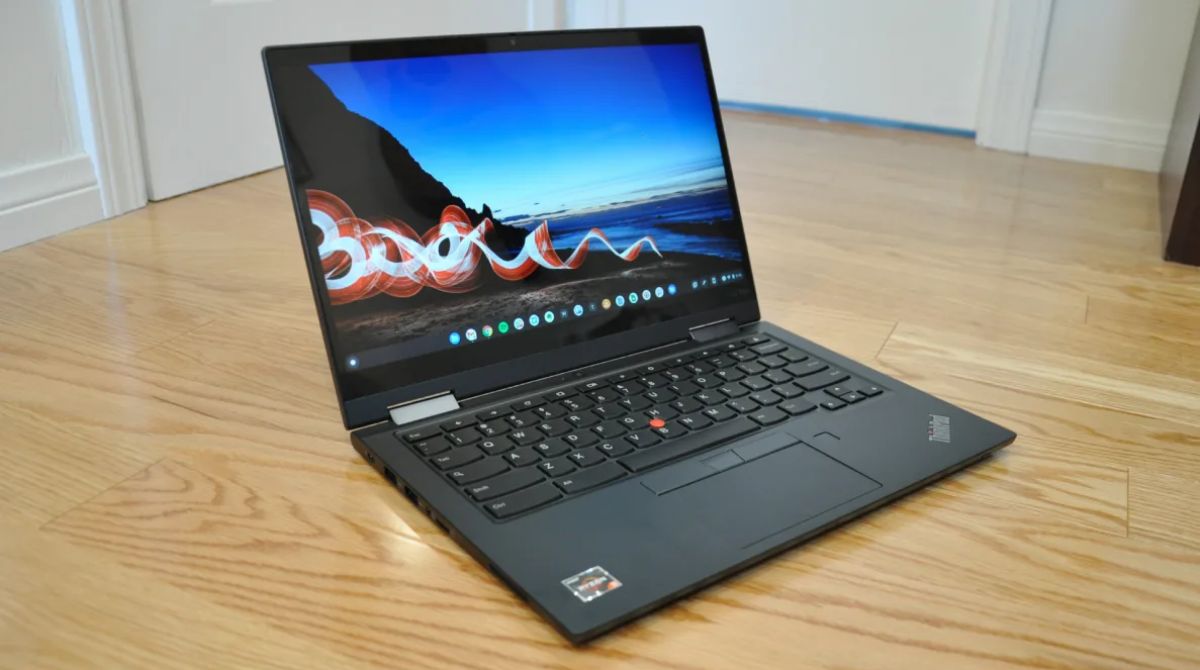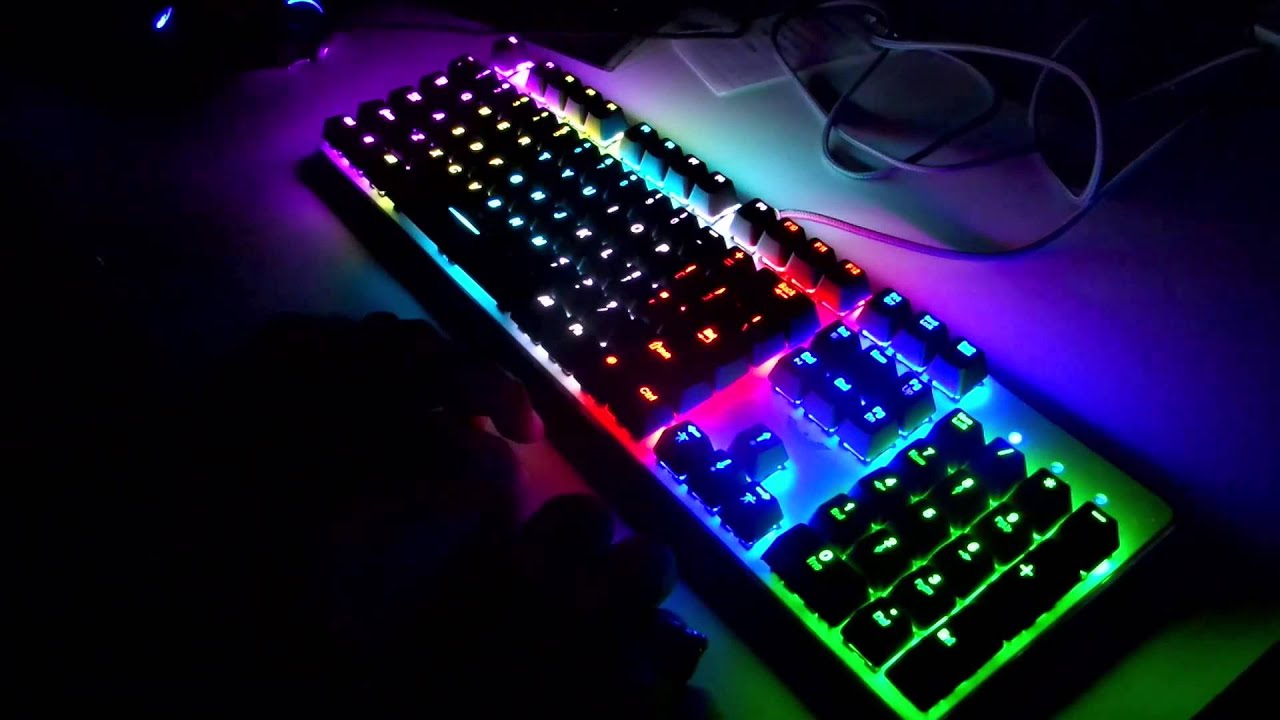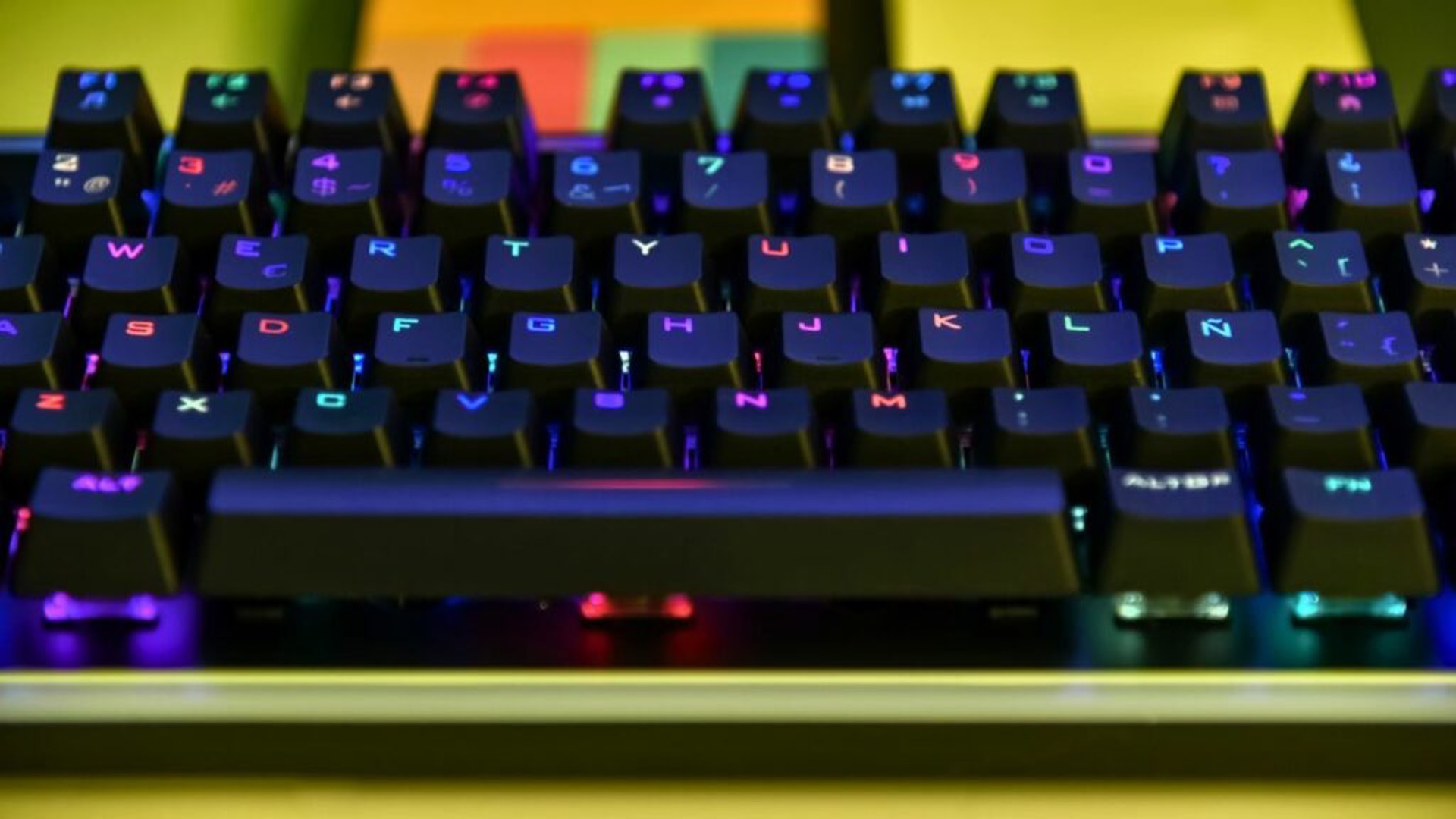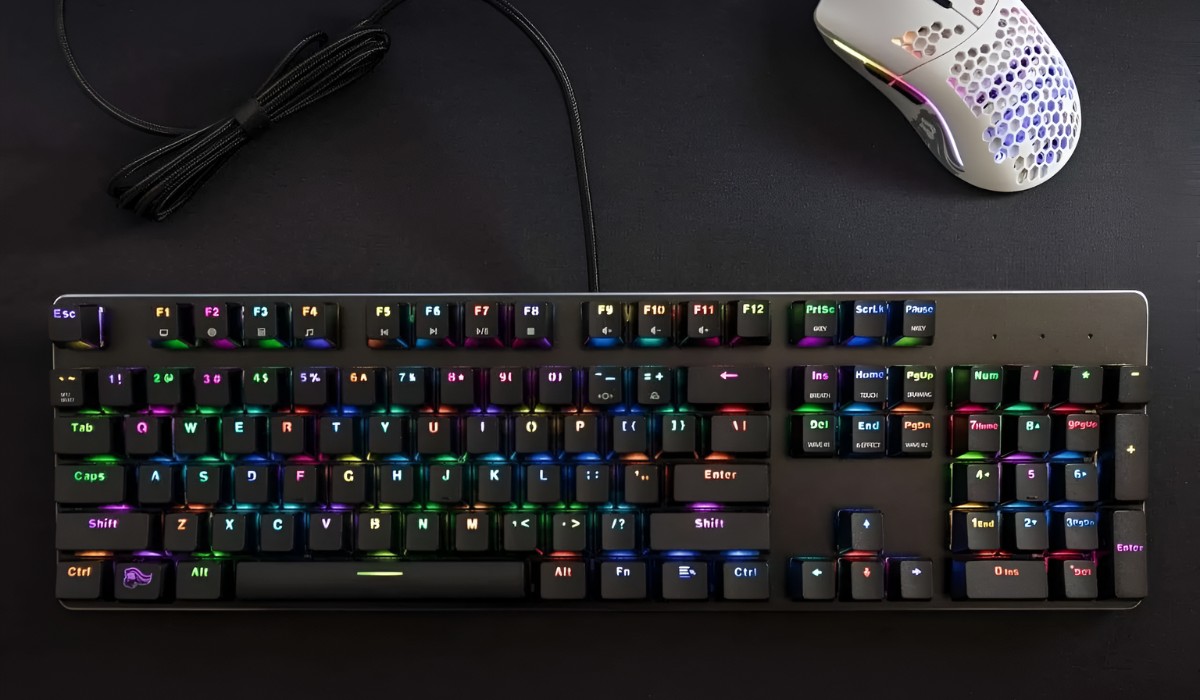Reasons why your keyboard might be locked
Have you ever encountered a situation where your keyboard suddenly stops responding? It can be quite frustrating, especially when you’re in the middle of an important task. There are several reasons why your keyboard might be locked, and understanding them can help you resolve the issue quickly.
1. Keyboard shortcuts: One common reason for a locked keyboard is accidentally pressing certain combinations of keys, known as keyboard shortcuts, that disable specific functions. For example, pressing “Ctrl + Alt + Delete” simultaneously can activate the Task Manager in Windows, which may temporarily lock your keyboard.
2. Num Lock or Caps Lock: Sometimes, the Num Lock or Caps Lock keys may be unintentionally activated, resulting in a locked keyboard. This can happen if you accidentally press the Num Lock or Caps Lock key without realizing it. Check the status of these keys and toggle them off if needed.
3. Driver or software issues: Outdated or corrupted keyboard drivers or software can cause your keyboard to lock. Ensure that your keyboard drivers are up to date and that there are no conflicts with other software programs running on your computer.
4. Physical damage or debris: Physical damage or debris such as dirt, dust, or food particles can interfere with the proper functioning of your keyboard. If your keyboard is not responding, check for any visible signs of damage and clean it gently with compressed air or a soft cloth.
5. External software interference: Certain software programs, particularly those related to security or accessibility, can inadvertently lock your keyboard. Check if you have any recently installed programs that might be causing this issue and try disabling or uninstalling them temporarily to see if it resolves the problem.
6. System settings: Incorrect system settings, such as language or keyboard layout settings, can also lead to a locked keyboard. Make sure you have the correct settings configured in your operating system’s control panel or settings menu.
7. Hardware malfunction: In rare cases, a hardware malfunction can cause your keyboard to lock. If none of the above solutions work, consider testing your keyboard on another device or replacing it if necessary.
By understanding the possible reasons for a locked keyboard, you can easily identify and resolve the issue. In the following sections, we’ll explore methods to unlock your keyboard on Windows, Mac, and Linux operating systems.
Different ways to lock your keyboard
Locking your keyboard intentionally can be helpful in certain situations, such as when you need to clean your keyboard or prevent accidental keystrokes. Here are some different ways you can lock your keyboard:
1. Physical keyboard lock key: Some keyboards have a physical lock key, often labeled “Lock” or “Fn Lock”. Pressing this key will lock your keyboard, disabling any input until you unlock it. Refer to your keyboard’s manual or manufacturer’s website to locate the lock key.
2. Software-based keyboard lock: Most operating systems offer a software-based method to lock your keyboard. On Windows, you can use the shortcut “Win + L” to lock your keyboard and instantly switch to the lock screen. On Mac, you can use the “Control + Command + Q” shortcut to lock your keyboard and put your Mac to sleep. Linux distributions may have different keyboard lock shortcuts, so refer to your specific distribution’s documentation.
3. Third-party keyboard lock software: If you require more advanced features or customization options, you can explore third-party software solutions specifically designed to lock your keyboard. These software programs often provide additional security measures and allow you to set passwords or time restrictions for unlocking the keyboard.
4. Accessibility settings: In some cases, the accessibility settings on your computer can unintentionally lock your keyboard. For example, the “Sticky Keys” feature in Windows can cause your keyboard to lock if you accidentally activate it. To unlock your keyboard, you can typically disable the specific accessibility setting in the control panel or settings menu.
5. External keyboard lock devices: There are also external devices available that can physically lock your keyboard. These devices are usually used in public spaces or office environments to prevent unauthorized access to keyboards and protect sensitive information. They typically require a key or code to unlock the keyboard.
Remember, it’s essential to lock your keyboard only when necessary and to unlock it promptly when you’re ready to resume typing. Locking your keyboard can help prevent unintended keystrokes, but make sure to find a method that suits your needs and preferences.
How to unlock your keyboard on Windows
If your keyboard is locked on a Windows computer, there are a few methods you can try to unlock it:
1. Check Num Lock and Caps Lock: Ensure that the Num Lock and Caps Lock keys on your keyboard are not activated. If they are, press these keys again to toggle them off and see if it unlocks your keyboard.
2. Restart your computer: Sometimes, a simple restart can resolve temporary keyboard lock issues. Save any open files and click on the Start menu, then select “Restart” or “Shut down” and turn your computer back on. Check if the keyboard is unlocked after the restart.
3. Use the keyboard shortcut: Press the “Ctrl + Alt + Delete” keys simultaneously on your keyboard. This will bring up the Windows Security screen. Click on the “Lock” option, and then click “Unlock” to unlock your keyboard.
4. Disable Filter Keys: Filter Keys is an accessibility feature that can sometimes lock your keyboard. To disable it, go to the Start menu and open the Control Panel. Select “Ease of Access” and then click on “Ease of Access Center”. Under the “Make the keyboard easier to use” section, uncheck the “Turn on Filter Keys” option. Click “Apply” and then “OK” to save the changes and unlock your keyboard.
5. Update keyboard drivers: Outdated or incompatible keyboard drivers can cause keyboard issues, including locking. To update your keyboard drivers, right-click on the Start menu and select “Device Manager”. Expand the “Keyboards” category, right-click on your keyboard device, and select “Update driver. Follow the on-screen instructions to update the driver and check if it resolves the issue.
6. Scan for malware: Malware or viruses can sometimes interfere with keyboard functionality. Run a full system scan using a reliable antivirus software to check for any potential threats. If any malware is detected, follow the recommended steps to remove it and restart your computer to see if it unlocks your keyboard.
These methods should help you unlock your keyboard on a Windows computer. If the problem persists, it may be necessary to seek professional assistance or consider replacing your keyboard if it’s a hardware issue.
How to unlock your keyboard on Mac
If you’re using a Mac and your keyboard is locked, there are a few methods you can try to unlock it:
1. Check Num Lock and Caps Lock: Ensure that the Num Lock and Caps Lock keys on your keyboard are not activated. If they are, press these keys again to toggle them off and see if it unlocks your keyboard.
2. Restart your Mac: Sometimes, a simple restart can resolve temporary keyboard lock issues. Save any open files and click on the Apple menu in the top-left corner of your screen. Select “Restart” or “Shut Down” and turn your Mac back on. Check if the keyboard is unlocked after the restart.
3. Use the keyboard shortcut: Press the “Control + Command + Q” keys simultaneously on your keyboard. This shortcut locks your Mac and puts it to sleep. Press any key or move your mouse to wake the Mac and unlock the keyboard.
4. Reset SMC and PRAM/NVRAM: If the above methods don’t work, resetting the System Management Controller (SMC) and PRAM/NVRAM may help resolve keyboard lock issues. The process for resetting these components can vary depending on your Mac model. Refer to Apple’s support website or consult the official documentation for your specific Mac model to learn how to perform these resets.
5. Update macOS: Outdated software can sometimes cause keyboard-related issues. Make sure your Mac is running the latest version of macOS. Click on the Apple menu, select “System Preferences”, and choose “Software Update”. If there are any available updates, click “Update Now” to install them. Restart your Mac after the update and check if the keyboard is unlocked.
6. Reset keyboard settings: If you’ve made any custom keyboard settings or modifications, resetting the keyboard settings to their default configuration may help. Go to the Apple menu, select “System Preferences”, and choose “Keyboard”. Click on the “Keyboard” tab and then click on the “Restore Defaults” button. Confirm the action and check if it unlocks your keyboard.
These methods should help you unlock your keyboard on a Mac. If the problem persists, it may be necessary to seek professional assistance or consider replacing your keyboard if it’s a hardware issue.
How to unlock your keyboard on Linux
If you’re using a Linux system and your keyboard is locked, here are a few methods you can try to unlock it:
1. Check Num Lock and Caps Lock: Ensure that the Num Lock and Caps Lock keys on your keyboard are not activated. If they are, press these keys again to toggle them off and see if it unlocks your keyboard.
2. Restart your Linux system: Sometimes, a simple restart can resolve temporary keyboard lock issues. Save any open files and open the “System” menu in your desktop environment. Select “Shut Down” or “Restart” and wait for your Linux system to start up again. Check if the keyboard is unlocked after the restart.
3. Use the keyboard lock shortcut: Linux distributions may have different keyboard lock shortcuts. Commonly, you can try pressing the “Ctrl + Alt + L” keys simultaneously on your keyboard. This shortcut locks your screen and may also unlock your keyboard when you log back in.
4. Check for specific desktop environment shortcuts: Different Linux desktop environments have their own keyboard lock shortcuts. For example, in GNOME, you can press the “Super + L” keys (where the Super key is usually the Windows key or the Command key) to lock your screen. Check your specific desktop environment’s documentation or settings to find the appropriate keyboard lock shortcut.
5. Reset X keyboard settings: If you’re using an X Window System-based desktop environment, you can reset the X keyboard settings to potentially unlock your keyboard. Open a terminal and enter the command “setxkbmap -layout us” (without quotes) to reset the keyboard layout. If you’re using a different keyboard layout, replace “us” with your appropriate layout code.
6. Restart X Window System: Another option for X Window System-based desktop environments is to restart the X server. Press “Ctrl + Alt + Backspace” to force a restart of the X Window System. Note that this will log you out of your current session, so make sure to save any unsaved work before doing this.
These methods should help you unlock your keyboard on Linux. If the problem persists, it may be necessary to seek professional assistance or consider replacing your keyboard if it’s a hardware issue.
Troubleshooting tips if your keyboard remains locked
If you have tried the previous methods to unlock your keyboard but it still remains locked, here are some additional troubleshooting tips you can try:
1. Check for physical damage: Inspect your keyboard for any signs of physical damage such as loose or damaged keys. If you notice any issues, it’s possible that the keyboard itself is faulty and may need to be replaced.
2. Test the keyboard on another device: Connect your keyboard to another computer or laptop to see if it works without any issues. If it functions correctly on a different device, the problem may lie with your computer’s software or settings.
3. Try an external keyboard: If you have access to an external keyboard, connect it to your computer and check if it works. This will help determine if the issue is specific to your keyboard or a more general problem with your computer’s input devices.
4. Scan for malware: Run a thorough scan of your computer using reliable antivirus software. Malware or viruses can sometimes cause keyboard lock issues. If any malware is detected, follow the recommended steps to remove it and restart your computer to see if it unlocks your keyboard.
5. Check for software conflicts: Some software applications or settings can conflict with your keyboard’s functionality. Disable or uninstall recently installed programs or drivers to see if they are causing the issue. Additionally, check for any recent system updates that might have triggered the problem and consider rolling them back.
6. Reset your computer’s BIOS settings: If you have advanced technical knowledge, you can try resetting your computer’s BIOS settings to their default configuration. This process can vary depending on your computer’s manufacturer, so refer to the documentation or support resources provided by the manufacturer for instructions.
7. Seek professional assistance: If none of the troubleshooting tips above resolve the issue, it may be best to seek professional assistance. Contact the manufacturer’s support team or consult a computer technician to diagnose and fix the problem.
Remember to exercise caution and follow proper safety protocols when troubleshooting hardware or opening up your computer. If you’re unsure about any steps, it’s always best to consult with a professional to avoid causing further damage.
Conclusion
Unlocking a keyboard can be a frustrating experience, but with the right knowledge and troubleshooting methods, you can quickly resolve the issue. In this article, we explored the reasons why your keyboard might be locked and discussed different ways to lock and unlock your keyboard on Windows, Mac, and Linux operating systems.
We discovered that keyboard shortcuts, Num Lock or Caps Lock activation, driver or software issues, physical damage or debris, external software interference, and system settings can all contribute to a locked keyboard. By understanding these potential causes, you can effectively troubleshoot and resolve the issue.
We also explored various methods to unlock your keyboard on different operating systems, including checking Num Lock and Caps Lock, using keyboard shortcuts, restarting the computer, updating drivers or software, and checking for external software interference or physical damage.
Additionally, we provided troubleshooting tips for situations where the keyboard remains locked despite attempting the standard methods. These tips included checking for physical damage, testing the keyboard on another device, scanning for malware, checking for software conflicts, resetting BIOS settings, and seeking professional assistance if necessary.
Remember, it’s important to exercise caution when troubleshooting or attempting any repairs, especially when dealing with hardware components. If you’re unsure or uncomfortable with any step, it’s always best to consult with a professional to avoid causing further damage.
We hope that this article has provided you with valuable insights and solutions to unlock your keyboard. Whether it’s a simple keyboard shortcut or a deeper software issue, armed with the right information, you can quickly regain control of your keyboard and resume your tasks smoothly.







